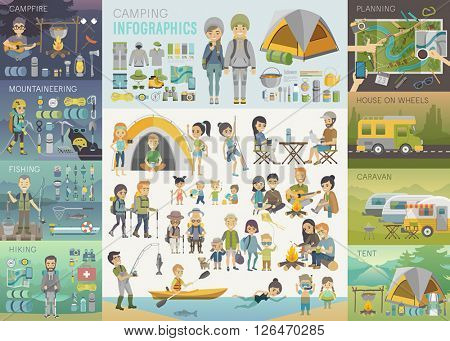Polyester fabric locates a diverse variety of applications throughout the garment industry. Whether you're a musician seeking a stable painting surface or a producer seeking solid ornamental materials, polyester canvas offers the ideal equilibrium of toughness, adaptability and eco-friendly high qualities.
Nonetheless, some people like cotton for its breathability and softness. Garment designers might intend to think about a 50/50 Cotton/Polyester mix for projects that call for both resilience and convenience.
Cost
Cotton canvas is a lot more expensive than polyester due to its resource-intensive farming process. It likewise calls for cautious handling and storage space to preserve its high quality with time. These added costs can increase the overall expense of manufacturing for artists and makers.
Another disadvantage to cotton canvas is its sensitivity to fading and damage from UV exposure. This can cause minimized color vibrancy gradually and a loss of architectural integrity, particularly in locations that experience frequent get in touch with or hefty load-bearing.
In contrast, polyester is a synthetic fiber that's crafted for uniformity and resilience. This makes it a much more cost-efficient choice for producers and customers, specifically in areas where durability is a leading concern. The material's strength likewise uses better resistance to wrinkles and breaking gradually. The artificial nature of polyester, nonetheless, can leave a bigger ecological impact than cotton canvas if it's not sourced from natural or low-impact systems. This is an important consideration for organizations striving for sustainability and eco-conscious branding.
Toughness
In the market for canvas rolls, buyers face a wide array of choices with completing top priorities. Cotton offers natural texture and breathability, ideal for brands focused on sustainability and artisan workmanship. Polyester, on the other hand, provides a well balanced mix of toughness and security and printing efficiency with shade vibrancy and longevity.
Ultimately, the fabric you choose for your products should reflect the assisting principles of your brand name tale and worths. While cotton can give a costs visual, it's additionally vulnerable to contraction and upkeep prices, while polyester makes it possible for better production efficiency and long-term cost effectiveness.
Both fabrics are durable and carry out well in moist environments, however their contrasting high qualities make them appropriate for different applications. Cotton canvas is much more breathable, decreasing the risk of mold and mildew in areas with high humidity. Polyester, on the other hand, is personalized bag water-resistant and dries out quickly in settings where dampness can be bothersome. This can minimize the danger of wetness build-up in the fabric, preventing warping or rot in your item in time.
Comfort
When examining material choices for your brand name-- whether you're starting a workwear line or a relaxing loungewear brand-- the kind of cotton or polyester canvas you choose effects just how your products look, really feel, and put on. While all canvas types support print-on-demand and provide high form security, they differ in shade presentation and printing resilience, comfort, and sustainability.
Cotton and cotton-polyester blends supply a soft structure, natural organic appearance, and superior heat balance compared to artificial options. Cotton's fibers wick moisture far from the skin and allow warm to leave, making it perfect for apparel that requires prolonged wear in warm settings.
On the other hand, polyester's synthetic nature and petroleum-based manufacturing process have a negative power equilibrium, which can make it less green than cotton in the future. Polyester's abrasion resistance and water-repellency are exceptional, nevertheless, which makes it the ideal choice for hefty lots or extreme weather like rainstorms or aquatic setups.
Ecological Impact
Whether selecting cotton or polyester, the ideal product for custom-made manufacturing depends on product efficiency goals. Strength, durability, and long life are all important variables when creating products that will certainly withstand recurring abrasion, heavy load-bearing, or high stress factors. Water resistance, seam honesty, and UV stability are additionally crucial to long-term success in outdoor and wet settings.
While both materials can perform well in these locations, their environmental effect is slightly various. Cotton's natural, breathable building requires dramatically a lot more resources for growing than polyester's artificial fibers.
When choosing an ecologically lasting fabric, think about a wide range of effect analysis methods to assess the full environmental impact of your product. Some focus on certain influences (like worldwide warming potential, water use, and deficiency) while others rely on more all natural analyses like ReCiPe, ILCD, CML, and Eco-indicator 99.
